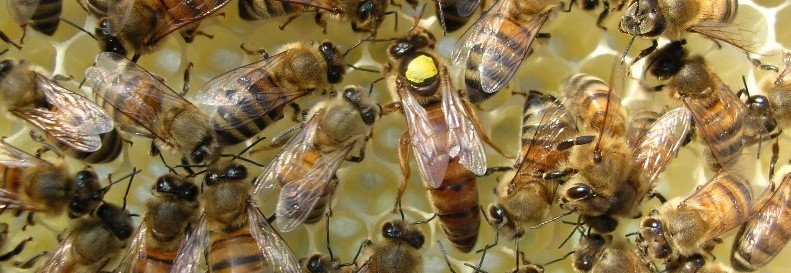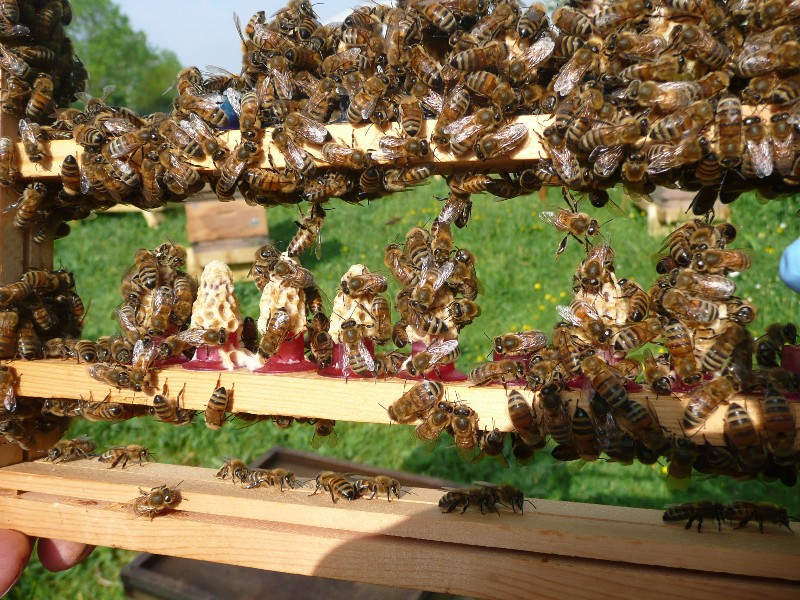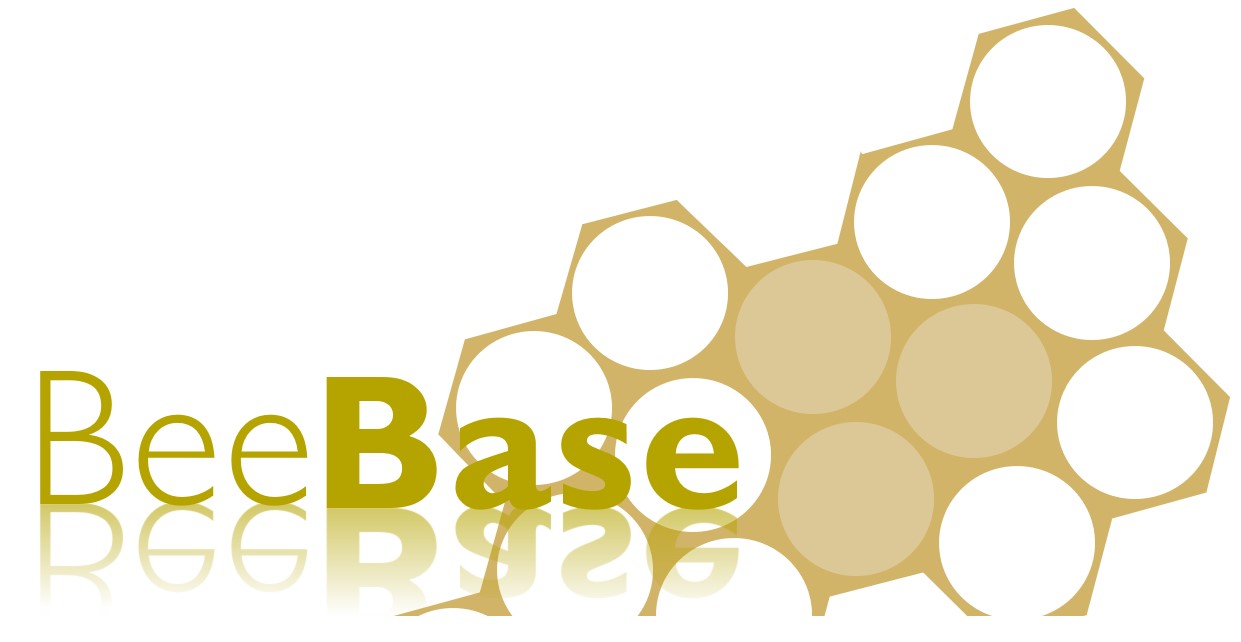Rearing Queen Honey bees in a Queenright System
The National Bee Unit has used a queen right rearing method for over 20 years. This has been highly successful for our research colonies at York, and for teaching other beekeepers a system they can consider adopting for their own use. We aim to replace queens on a regular basis (at least every second year, sometimes more frequently), to maintain young prolific queens, so, minimising the risk of swarming and maximising productivity.

Colony Selection
Usually around the beginning of May, once there are ample quantities of pollen and nectar, colonies in the queen-rearing apiary are assessed for size in terms of equivalent full combs of bees, brood, honey, and pollen, and for docility and freedom from disease. Two or three large queenright rearer colonies are selected according to their size and temperament, each having the equivalent of at least 20 full deep combs of bees, 8 to 12 combs of healthy brood of all stages, and the equivalent of two or three full combs of pollen. These sizes relate to British Standard frames (341 x 203mm) which are about 75% of the area of Langstroth frames. Two or three colonies are also selected as breeder colonies, according to their lineage, past records, how well they over-wintered, and their temperament.
The Graft Frame
The graft frame consists of a normal brood frame without wax, modified to accept two horizontal wooden cell bars. These cell bars are temporarily removed from the frame for ease of grafting. The cell bars have about two inches (5cm) free space beneath them to provide room for the bees to build the queen cells. A part-depth saw cut along the length of the underside of each cell bar allow the plastic queen cups with base pegs we use to be inserted in the groove.

Colony Set-Up
Eight to 24 hours before the first grafting, each rearer is arranged so most of the sealed brood is above a queen excluder, and the queen and most of the unsealed brood are below the queen excluder. If the queen is not found, combs are shaken free of bees before they are placed above the queen excluder.
At the same time, the graft frame containing 12 - 24 empty plastic queen cups is added to the top brood box to allow the bees to polish the cell cups and add a small rim of beeswax to each. This also ensures that the cups are warmed to brood-nest temperature. A comb of pollen is put in the top box close to the graft bar, and a comb of young larvae, preferably also with some pollen stores, is also placed adjacent to the graft bar. This young brood attracts nurse bees to the graft area. If there is not a reliable nectar flow occurring naturally, one is simulated by feeding one to two litres of 60% (w/w) sugar syrup (1 kg white granulated sugar per 650 ml water) per week, either in frame-feeder or contact feeder. Extra supers are added on top if required.
Further reading
Most of the details of the queen rearing method described on these pages you can also read about in Rearing Queen Honey bees in a Queen Right Colony, an article written by David Wilkinson and Mike A. Brown, reproduced courtesy of the American Bee Journal.
